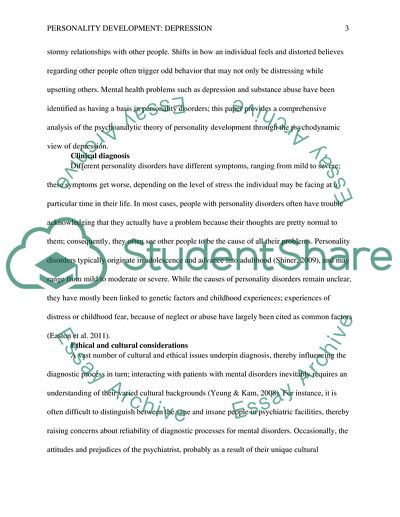Cite this document
(“Comprehensive analysis of personality development Research Paper”, n.d.)
Retrieved from https://studentshare.org/psychology/1674926-comprehensive-analysis-of-personality-development
Retrieved from https://studentshare.org/psychology/1674926-comprehensive-analysis-of-personality-development
(Comprehensive Analysis of Personality Development Research Paper)
https://studentshare.org/psychology/1674926-comprehensive-analysis-of-personality-development.
https://studentshare.org/psychology/1674926-comprehensive-analysis-of-personality-development.
“Comprehensive Analysis of Personality Development Research Paper”, n.d. https://studentshare.org/psychology/1674926-comprehensive-analysis-of-personality-development.


